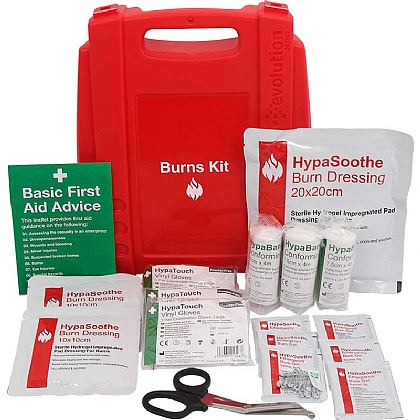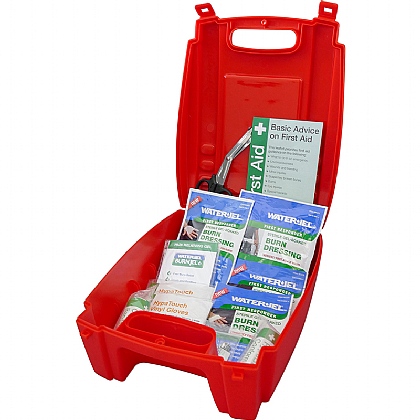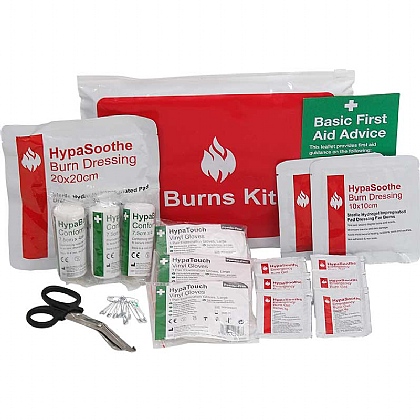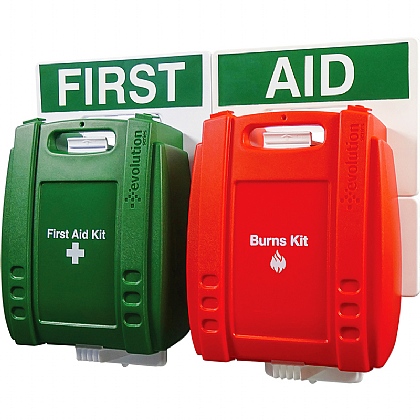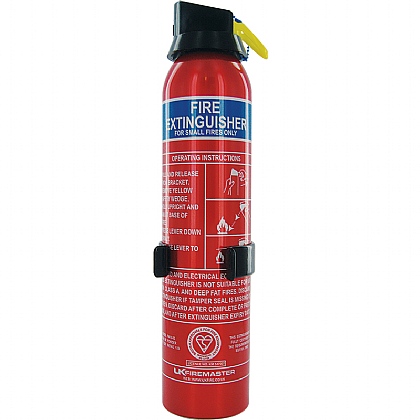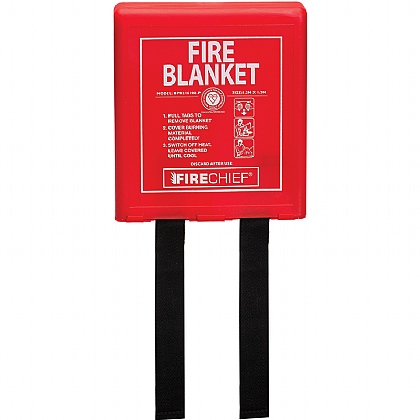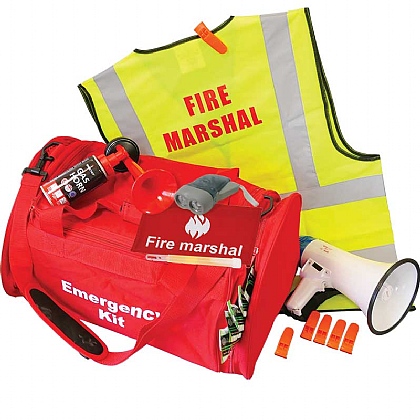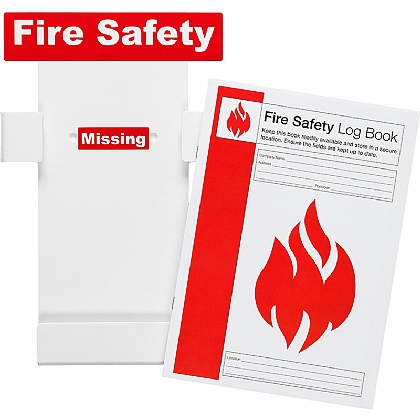
Workplace fires are one of the most dangerous and common emergencies that can occur to any business, regardless of size, industry or location. According to fire and rescue incident statistics from the UK government, there were over 12,000 recorded workplace fires in the UK during the period from April 2021 to March 2022.
Many businesses never recover from a serious fire and workplace fires pose a serious risk to staff safety – prevention is paramount.
What fire safety requirements must workplaces meet?
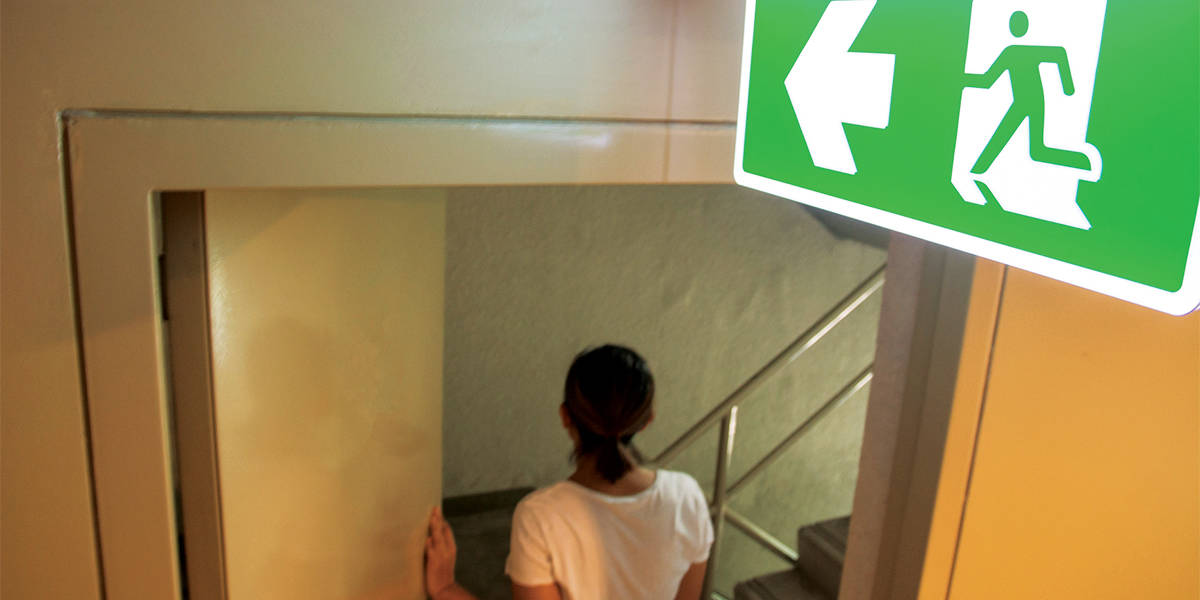
The job of ensuring your workplace meets government fire safety standards falls on the responsible person – usually the employer, owner, landlord, or anyone else with control of the workplace. In the case that there are multiple responsible persons, they should work together to meet the requirements.
Responsible people should:
- Ensure a fire risk assessment is carries out and regularly reviewed
- Inform co-workers and staff about all identified risks
- Establish and maintain appropriate fire safety measures
- Create an emergency plan
- Ensure fire safety training is carried out
- Provide the necessary fire safety equipment
Do employers need to provide a trained fire marshal?

Ideally, all employees in your business should receive some form of fire safety training. This should cover your fire risk assessment, how to prevent a fire and what to do in the case of a fire.
Your fire risk assessment will determine how many trained fire marshals your workplace requires. In the typical office, the risk of fire is usually low to medium level. In these cases, one fire marshal for every twenty employees is the recommended number. This number should only be used as a guideline, however, and is subject to change depending on several factors such as:
- The number of floors in your building
- Absences due to holiday or sickness
- Work shifts
- The presence of higher risk areas like a canteen or kitchen
What does a fire marshal do?
The job of a fire marshal is first and foremost to prevent fires from happening in the workplace. They also assist the responsible person (identified in accordance with the Fire Safety Regulatory Reform Order) with duties that relate to fire safety, such as:- Establishing emergency procedures in the event of a fire
- Ensuring the fire logbook is kept up to date
- Checking fire extinguishers regularly
- Checking fire alarms and emergency lights
- Arranging and guiding fire drills
- Regularly carrying out fire safety housekeeping checks
What should be included in a workplace burn first aid kit?
Burn Dressings
Burn dressings are soaked in a sterile water-based hydrogel coating that immediately cools and soothes burns. You should stock both a smaller 10cm x 10cm burn dressing and a larger 20cm x 20cm burn dressing to ensure you’re ready to treat a minor burn of any size in your workplace.Burn Gels
Burn gels are the same sterile water-based solution that burn dressings are soaked in, but in the form of a first aid gel which works to quickly relieve pain and cool a burn injury through evaporation. Burn gels also aid healing by stopping the burn from further damaging tissue. Learn more about what burn gel is and how it works on our blog.Nitrile Gloves
Nitrile gloves are always useful to have in any first aid kit to prevent yourself and the casualty from cross-contamination that can occur during treatment.Blunt-ended Scissors
Blunt-ended scissors are useful for removing clothing around the burnt area of skin. Remember: don’t try to remove any clothing that’s stuck to the burnt skin, as this could cause more damage.Conforming Bandages
A stretchy, lightweight conforming bandage is an essential first aid supply and is useful for comfortably holding burn dressings in place.How often does a burn first aid kit need restocking?
Whenever an item from your burns first aid kit is used, it should be restocked as soon as possible so that the kit is always ready for use in an emergency.Fire extinguishers and equipment at work
To maximise workplace safety, ensure your work environment is kitted with fire exit signs and lighting, fire safety guidance posters, smoke alarms, fire extinguishers/sprinklers and escape ladders if necessary.
Fire extinguishers and blankets
The Fire Safety Regulatory Reform requires that at least two fire extinguishers are readily available on every floor of a building. These should be Class A extinguishers, rated for putting out carbonaceous fires – freely burning materials like paper, wood, straw or textiles. Depending on your workplace’s risk assessment, the need for other kinds of fire extinguishers may be present. For example, CO2 fire extinguishers are necessary to extinguish electrical fires.A fire blanket is a fire-resistant covering used to protect someone from fire or to put out a small fire. They are constructed from a fabric woven with glass fibre with an inner layer of fire-retardant film and work by cutting off the oxygen supply of a fire, thereby smothering it. They are highly effective for common workplace fires like chip pan fires, deep fat fires and waste bin fires, and are therefore highly recommended as part of any workplace fire equipment suite.
Fire safety signs
It’s important that everyone in your workplace is aware of their nearest escape route, fire exit and the location of fire fighting equipment. If this information isn’t clearly signposted throughout your workplace using clear fire safety signs, employees and guests could be seriously harmed in the event of a fire.Other fire safety equipment
Other fire safety equipment like fire marshal arm bands and high-visibility waistcoats can be used to support your existing fire safety measures.Fire safety tips for the workplace
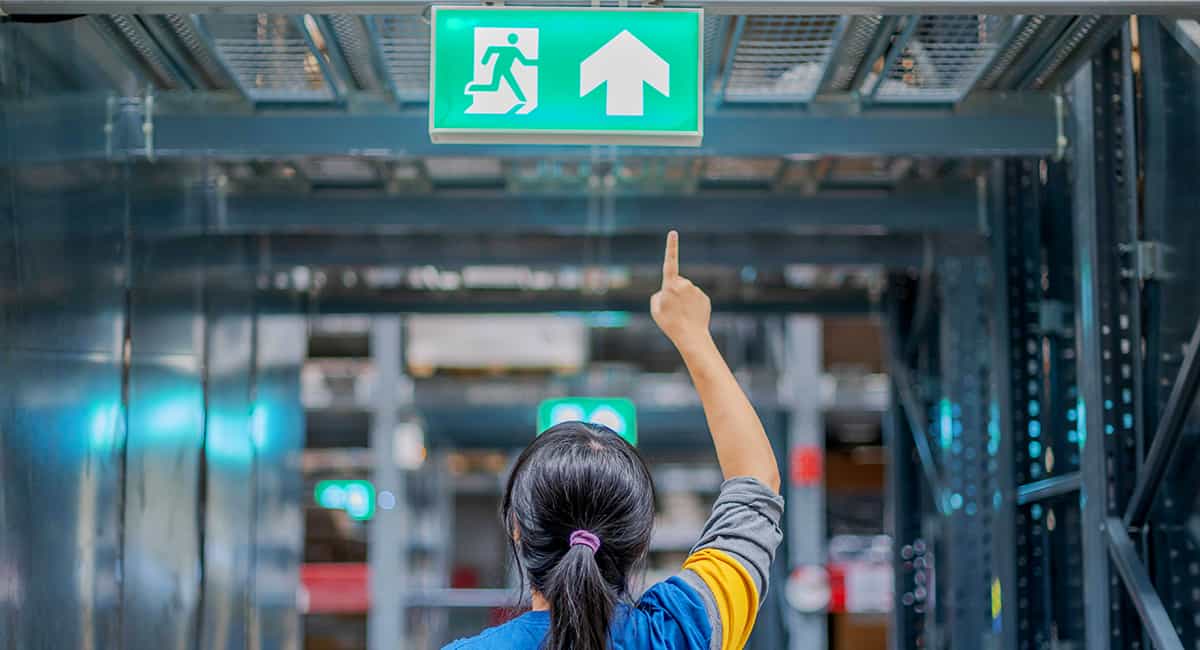
Ensure your workplace is as safe as it can be by adhering to the five following fire safety tips.
1. Make sure your workplace has the safety equipment it needs
Fire safety equipment reduces the risk of fires and improves employee safety. Having the equipment mentioned above is integral for ensuring your workplace is safe in the event of a fire.2. Keep your workplace clean and tidy
Your workplace should be kept tidy, with flammable materials like loose papers and cardboard boxes disposed of regularly. Ensure extension leads and plug sockets aren’t overloaded, and store electrical equipment safely.3. Prepare an emergency plan for fires
Your emergency plan should outline what actions employees must take in the event of a fire, what warning systems your building has in place, and specify your evacuation procedure. Your designated fire warden should be in charge of executing the emergency plan in an emergency.4. Ensure employees or co-workers have received the adequate training
All your co-workers and employees should know how and when to raise the fire alarm, who the fire wardens are, the location of fire exits and escape routes, evacuation procedures and the location of the assembly point.5. Hold regular fire drills
After you’ve implemented your emergency plan and ensured your employees and co-workers are aware of it, it’s important to regularly practice these procedures at least once a year to keep it fresh in the minds of all the business’s workers.What to do if there's a fire at work
Fires spread fast, so the first thing you do should be to warn the people in your building. If it won’t significantly delay your escape, activate the nearest fire alarm and call the emergency services (999 or 112) for help. Try to keep others calm and evacuate them as quickly as you can. Your appointed fire marshal should guide you and others on the evacuation procedure in the case of an emergency.Read our other blogs for more information on first aid or contact us for further advice and information on our products.
About the author:
Jo Stokes is a writer, marketer and trained first aider at First Aid Online.
Find out more about Jo.
By Jo Stokes


